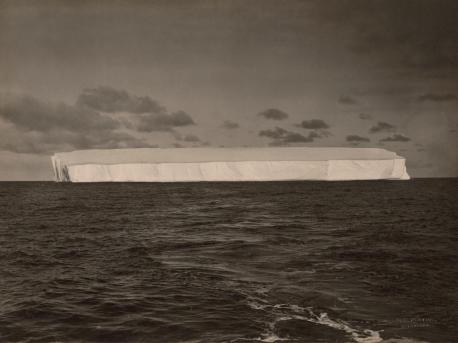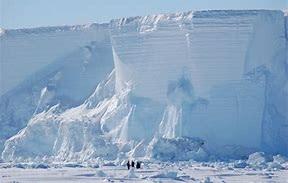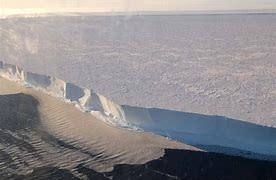Results: Deep Bore Into Antarctica Finds Freezing Ice, Not Melting as Expected
Published on 10/19/2019
Scientists will leave sensors in the hole to better understand the long-term changes in the ice, which may have big implications for global sea level. (This survey is based on a report from National Geographic)

QUESTIONS
GO to COMMENTS
Comments
1.
1.
Scientists have peered into one of the least-explored swaths of ocean on Earth, a vast region located off the coast of West Antarctica. It is locked beneath a crust of ice larger than Spain and more than 1,000 feet thick, making its waters perpetually dark—and extremely difficult for humans to access. Now, a team of researchers has bored a hole through the ice and sampled the ocean beneath it. Their work could shed light on a poorly understood, but ominous episode in Antarctica's recent past. Are you interested in scientific research into the environmental conditions of our planet?

Yes
61%
1519 votes
No
14%
347 votes
Undecided
16%
407 votes
Not Applicable
9%
214 votes
2.
2.
A team of scientists from New Zealand began this two-month expedition in November. Conducting their studies on the massive slab of ice and snow, as flat and empty as a prairie, that hangs off the coastline of West Antarctica and floats on the ocean. Amid the glow of 24-hour summer sunlight filtering down through fog, they used a machine to generate a powerful jet of hot water, to bore holes more than 1,100 feet down to the bottom of the ice. They then lowered cameras and other instruments through the holes, into the waters below. In doing so, they hoped to answer a question of worldwide importance: just how secure is the ice of West Antarctica? Could you see yourself ever conducting science experiments on an iceberg off of Antarctica?

Yes
13%
328 votes
No
65%
1613 votes
Undecided
11%
283 votes
Not Applicable
11%
263 votes
3.
3.
It is believed that global sea levels would rise by 10 feet if West Antarctica lost these crucial stabilizers and spilled its ice into the ocean. Scientists fear that some of these ice shelves are already weakening. Stevens and his colleagues hoped to assess the health of the Ross Ice Shelf by measuring water temperatures and ocean currents beneath it—thereby determining how quickly ice is melting off its underside. Does the idea of global warming - and the melting of the ice shelves - concern you? Yes
56%
1385 votes
No
23%
577 votes
Undecided
21%
525 votes
4.
4.
The surprises began almost as soon as a camera was lowered into the first borehole, around December 1. The undersides of ice shelves are usually smooth due to gradual melting. But as the camera passed through the bottom of the hole, it showed the underside of the ice adorned with a glittering layer of flat ice crystals—like a jumble of snowflakes—evidence that in this particular place, sea water is actually freezing onto the base of the ice instead of melting it. "It blew our minds," says Christina Hulbe, a glaciologist from the University of Otago in New Zealand, who co-led the expedition. The Ross Ice Shelf is considered more stable, at present, than many of West Antarctica's other floating shelves—and this observation could help explain that: if a few inches of sea water periodically freezes onto the bottom of its ice, this could buffer it from thinning more rapidly. Does the fact that water is still freezing in the southern hemisphere surprise you?

Yes
31%
760 votes
No
40%
995 votes
Undecided
20%
491 votes
Not Applicable
10%
241 votes
5.
5.
Only twice before have humans pierced the deep interior of the Ross Ice Shelf to study its underlying ocean. In 1977, researchers drilled through the ice shelf, and in 2015 a team drilled through the back corner of the ice shelf. Those studies provided only brief glimpses of how deep, warm water circulates under the ice shelf, covering a few hours or days. This time around, the New Zealand team installed instruments in one of their holes that will monitor ocean currents and water temperatures under the ice for the next two years or so, beaming that information home via satellite link. It's important to understand these currents, says Stevens, because "if we get the circulation wrong, then we're getting the melting wrong." Do you find it surprising that global warming predictions were previously based on studies conducted spanning only hours or days?

Yes
36%
887 votes
No
28%
708 votes
Undecided
24%
591 votes
Not Applicable
12%
301 votes
COMMENTS


